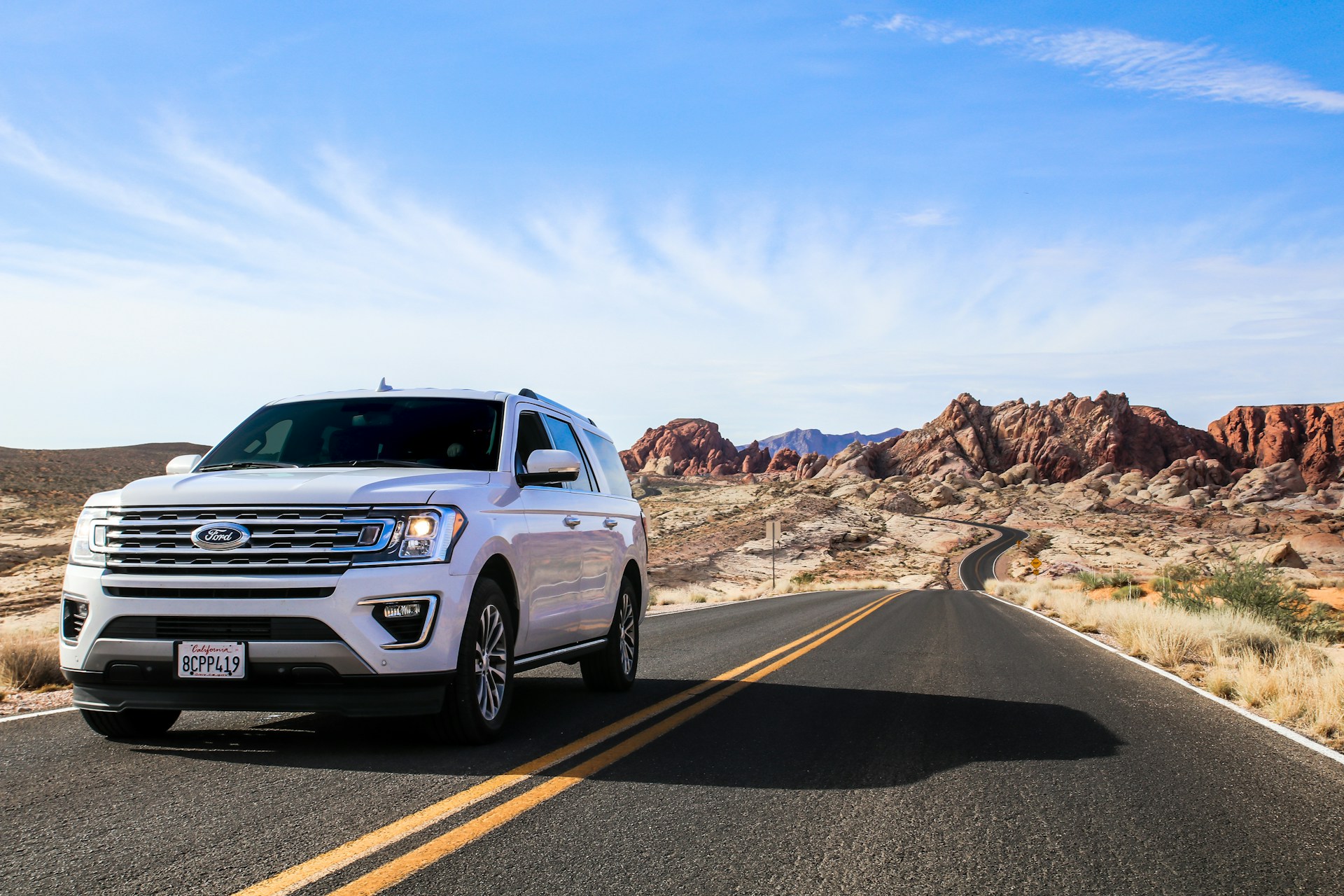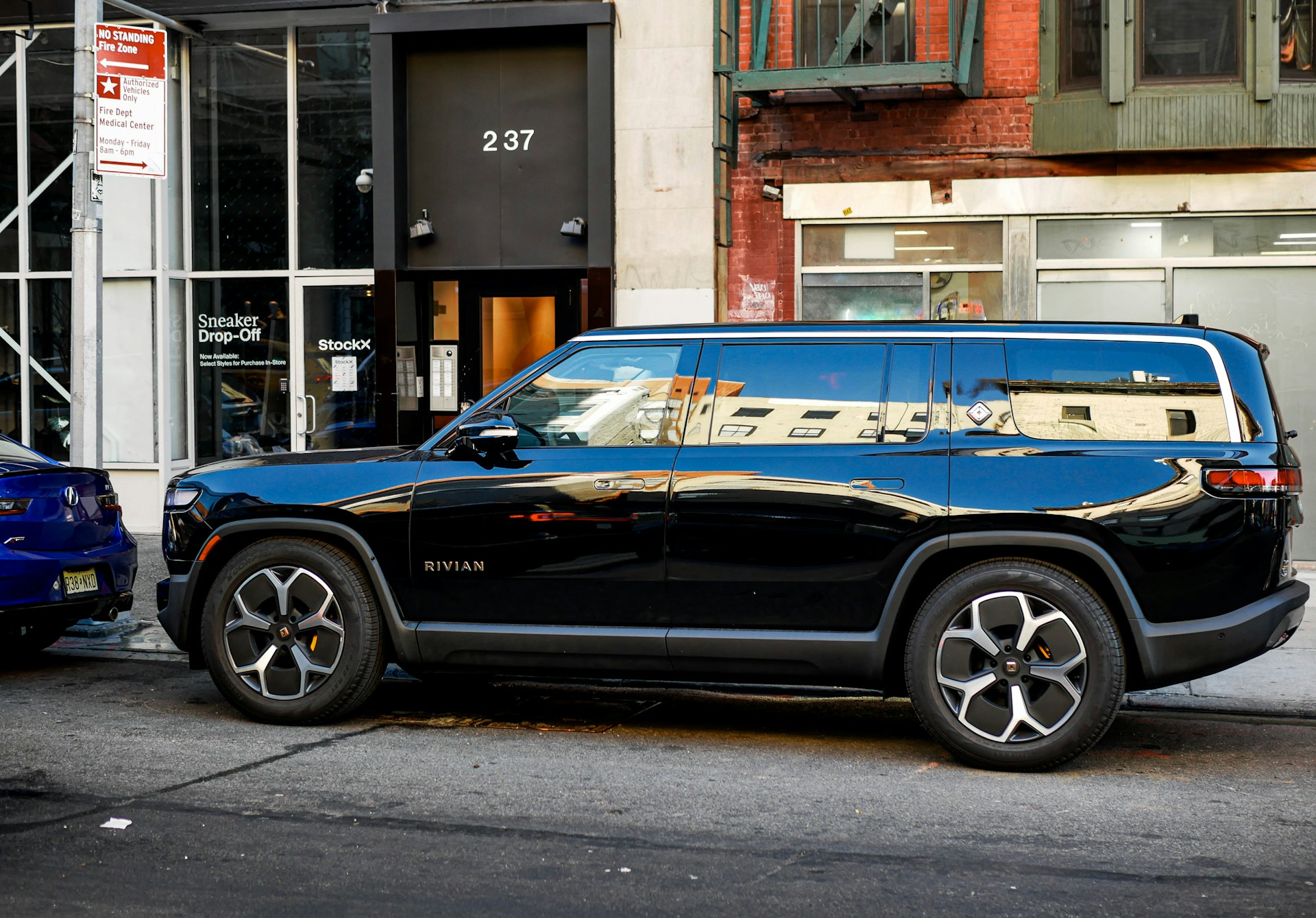Stranded due to a breakdown or flat tire? This guide explains ten key steps of how roadside assistance works, from requesting help to service completion. Perfect for emergencies or trips, these insights ensure you understand the process, getting you back on the road quickly and safely.
1. Identify the Need for Assistance
Roadside assistance kicks in when your vehicle faces issues like a flat tire, dead battery, or breakdown. Recognizing the problem helps you request the right service quickly.
Understanding the issue starts the process. Here’s how to identify the need.
-
Assess the problem. Flat tire, no fuel, or won’t start? Pinpoint the issue, costing $0, taking 1-2 minutes.
-
Check safety. Move to the shoulder or a safe spot to avoid accidents, costing $0.
-
Avoid DIY fixes. Improper repairs risk $500-$2,000 in damage; call for help instead.
-
Note symptoms. Rough idling or warning lights guide technicians to the correct service.
2. Contact Your Provider
Contacting your roadside assistance provider initiates help. Most offer 24/7 support through apps, hotlines, or websites, ensuring quick response during emergencies.
Reaching out is simple. Here’s how to contact your provider.
-
Call the hotline. Use the number on your membership card, costing $0, connecting in 1-2 minutes.
-
Use an app. Providers like AAA offer apps for faster requests, taking 2-3 minutes.
-
Provide details. Share your location and issue to ensure accurate service, costing $0.
-
Keep membership handy. Have your ID number ready to speed up the process.
3. Share Your Location
Providing your exact location ensures technicians find you quickly. GPS, landmarks, or mile markers help dispatch the right help to your spot.
Accurate location speeds up service. Here’s how to share it.
-
Use GPS coordinates. Share from your phone’s maps app, costing $0, for precision.
-
Describe landmarks. Note nearby signs or buildings to guide technicians, taking 1-2 minutes.
-
Stay visible. Use hazard lights or flares ($5-$10) to signal your position safely.
-
Confirm address. Verify with the operator to avoid delays, costing $0 to double-check.
4. Confirm Service Details
The provider confirms the service needed, like towing or a jump-start, and estimates arrival time. Clear communication ensures the right equipment arrives.
Confirming details avoids errors. Here’s how it works.
-
Verify the issue. Tell the operator if it’s a flat tire or lockout, costing $0.
-
Ask about ETA. Most services arrive in 30-60 minutes, depending on location.
-
Clarify coverage. Confirm if towing or repairs are covered, avoiding $100-$300 out-of-pocket costs.
-
Request updates. Ask for text or call updates on technician arrival, costing $0.
5. Wait Safely for Help
While waiting, stay safe by moving away from traffic and making your vehicle visible. Safe waiting reduces risks during roadside emergencies.
Safety is critical during waits. Here’s how to stay secure.
-
Move off the road. Park on the shoulder or in a lot, costing $0, to avoid collisions.
-
Use warning signals. Activate hazard lights and place triangles ($5-$20) for visibility.
-
Stay inside or safe. Remain in your car or a safe spot, away from traffic.
-
Keep phone charged. Ensure you can communicate with the provider, costing $0-$10.
6. Technician Arrival and Assessment
The technician arrives to assess the issue, confirming whether it’s a quick fix or requires towing. Their expertise ensures accurate diagnosis and service.
Assessment guides the solution. Here’s what happens on arrival.
-
Technician checks issue. Inspects tire, battery, or fuel system, taking 5-10 minutes, costing $0.
-
Confirms service. Decides if it’s a jump-start or tow, based on your report.
-
Explains next steps. Shares whether repairs or towing are needed, clarifying process.
-
Ask questions. Ensure you understand the plan to avoid surprises, costing $0.
7. Receive On-Site Service
For minor issues like flat tires or dead batteries, technicians perform on-site fixes. Quick repairs get you moving without needing a tow.
On-site service saves time. Here’s how it’s handled.
-
Flat tire fix. Installs your spare or patches the tire, taking 15-30 minutes, costing $0-$20.
-
Jump-start battery. Uses cables to restart your car, included in plans, costing $0.
-
Fuel delivery. Provides 1-2 gallons to reach a station, costing $0-$10.
-
Lockout help. Unlocks doors with tools, avoiding $200-$500 window damage.
8. Arrange Towing if Needed
If the issue can’t be fixed on-site, the technician arranges towing to a repair shop or safe location. Towing ensures your car is handled properly.
Towing resolves major issues. Here’s how it’s managed.
-
Flatbed towing. Preferred for safety, costing $0-$300 depending on plan coverage.
-
Short distances covered. Most plans include 5-100 miles, saving $100-$500.
-
Choose destination. Select a trusted shop or home, confirming with the technician.
-
Secure the vehicle. Technician straps the car to prevent damage during transport.
9. Follow Up on Repairs
After towing, follow up with the repair shop to address the vehicle’s issue. Roadside assistance often ends here, but coordination ensures completion.
Follow-up ensures fixes. Here’s how to manage it.
-
Contact the shop. Confirm your car’s arrival and repair needs, costing $0, taking 2-3 minutes.
-
Check coverage. Some plans cover minor repairs, saving $50-$200 out-of-pocket.
-
Arrange transport. Use a rental car ($30-$100/day) if offered by your plan.
-
Monitor progress. Call the shop for updates, ensuring timely repairs, costing $0.
10. Review and Provide Feedback
After service, review your experience and provide feedback to the provider. This helps improve future assistance and confirms coverage was applied correctly.
Feedback enhances service quality. Here’s how to wrap up.
-
Check charges. Ensure services were covered, avoiding $50-$300 unexpected costs.
-
Rate the technician. Share feedback via app or survey, costing $0, taking 2-3 minutes.
-
Save provider info. Keep contact details for future emergencies, streamlining requests.
-
Learn from experience. Note what worked to prepare for next time, costing $0.
Conclusion
Roadside assistance works through these ten steps, from requesting help to follow-up, ensuring you’re back on the road quickly. Stay prepared for emergencies. At STUCK, our team of professionals is committed to delivering top-notch roadside assistance in Dallas, providing reliable 24/7 support for all your roadside needs!








